What produce should you buy in April?
Spring is here! Bye-bye winter! This means there are new items in season this month. What is in season in April? Produce peaks at different times throughout the US so there will be some variances. But here is a general guide.
To make it easier for you to plan your meals and make a grocery list, I have created produce guides for every month letting you know what is in season along with a few recipe suggestions.
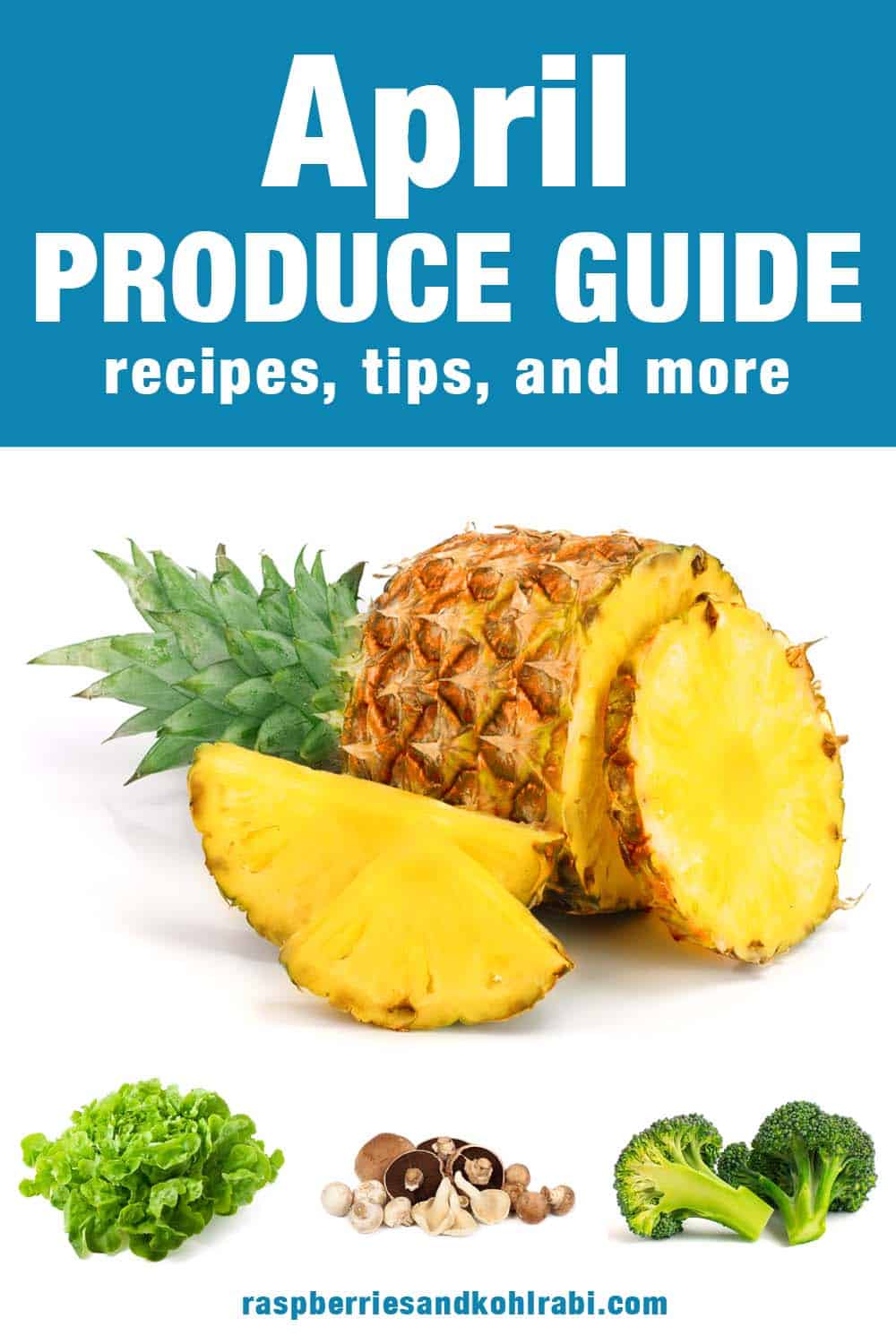
Why Should You Buy Fruits and Vegetables When They Are in Season?
Cost: Produce prices are subject to supply and demand. When produce is in abundance because it is in season the prices go down.
Eco-Friendly: In-season produce is more likely to be grown locally meaning it doesn’t have to travel as far to get to you reducing its carbon footprint. Stop by your local farmers market to purchase some of the freshest produce available.
Taste: In-season produce is fresher and tastes better. It is grown during its optimal conditions and because it can be grown more locally it usually has a chance to fully ripen before it is picked.
Nutrition: Fully ripened produce is more nutritious because it has had time to fully develop before being picked.
What’s in Season in April?
Jump to:

Artichokes
A cooked, unseasoned artichoke has a light delicate flavor. The leaves are often removed one at a time, and the fleshy base is eaten. The fibrous upper part of each leaf is usually discarded. The heart is eaten when the inedible choke has been peeled away from the base and discarded. The thin leaves covering the choke are also edible.
Buying
Choose artichokes that feel heavy for their size and have firm, tightly packed leaves that are green. Avoid artichokes that feel soft or have dry, split, or brown leaves.
Storing
Do not rinse or cut the artichoke prior to storing. Sprinkle the artichokes with a little water, and place them in a plastic bag in the refrigerator. Fresh artichokes will keep for 3-5 days.
Preparing
Rinse the artichoke in cold water, using a soft brush or cloth to remove any film from the exterior. Trim one inch from the top (pointed end) of the artichoke. Cut a quarter-inch off the stem. Use your fingers to slightly separate the petals, opening the artichoke so that seasonings can be better distributed. Cook as desired.
To prepare the heart, trim the leaves and cut off the top so the fuzzy purple choke is exposed. Use a spoon or melon baller to remove all of the choke, which is not edible. Use a paring knife to remove the outer leaves and base of the stem, leaving only the tender inner stem, or the heart.
Once cut artichokes can begin to turn brown. Placing them in water slightly acidified with vinegar or lemon juice can prevent discoloration.
Sometimes it's easier to learn by watching. Watch this video from Samin Nosrat.
Recipes
- Baked Italian Stuffed Artichokes with Sausage - Wholesome Yum
- The Best Spinach Artichoke Dip - Spend with Pennies
- Olive Oil Roasted Baby Artichokes - Dish n the Kitchen
- Spinach Chicken Artichoke Flatbread
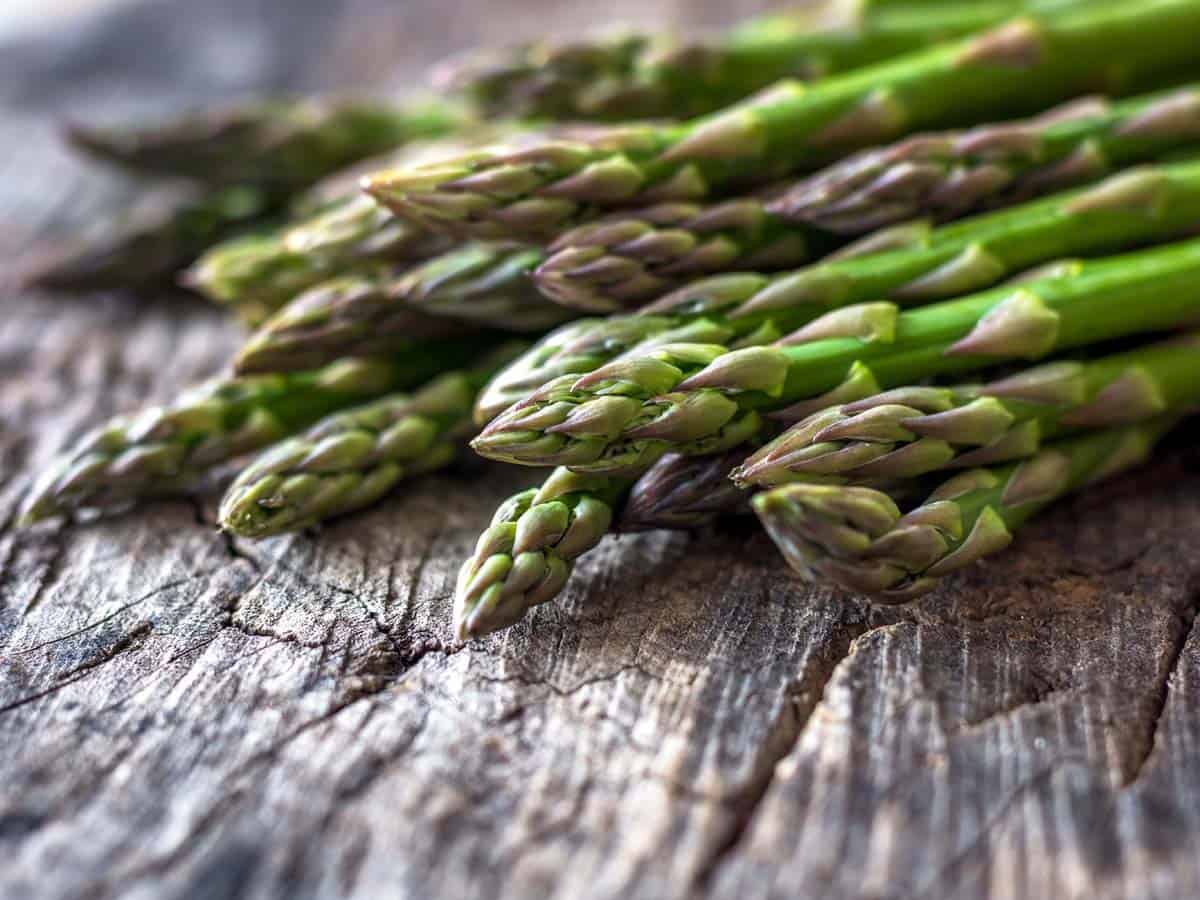
Asparagus
Most of us are familiar with green asparagus but there are other varieties. You can also find white and purple asparagus. White asparagus is covered with dirt as it grows to prevent it from producing chlorophyll. This process is known as etiolation. Without chlorophyll, the asparagus turns white. Purple asparagus was developed in Italy and only comes from certain varieties of asparagus.
Green asparagus has a grassy flavor, while white asparagus is milder and slightly bitter. Purple asparagus is sweeter and nuttier because it has about 20 percent more sugar in its stalks. While the stalks are purple on the outside, the interior of the asparagus is the same as a green spear.
Stem thickness indicates the age of the plant, with the thicker stems coming from older plants. Older, thicker stalks can be woody, although peeling the skin at the base removes the tough layer.
Buying
Choose asparagus with straight stalks and closed tips. Stem thickness indicates the age of the plant, with the thicker stems coming from older plants. Older, thicker stalks can be woody, although peeling the skin at the base removes the tough layer. As it spoils, the tips of asparagus become slimy.
Storing
Trim the ends of the asparagus and stand them upright in a jar with about an inch of water in the bottom. Cover with a plastic bag and refrigerate for up to three days.
Preparing
Cut off the bottom couple of inches of the stalk, or bend each spear until it breaks naturally. Using the breaking method will ensure tender spears of asparagus without any waste. Asparagus can be roasted, steamed, grilled, or sautéed in a pan.
Purple asparagus turns green when it is cooked. To preserve the color serve it raw in a salad.
Recipes
- Balsamic Oven Roasted Asparagus - Erhardts Eat
- Asparagus Salad with Lemon Vinaigrette - Vintage Kitty
- Ham and Leek Pie
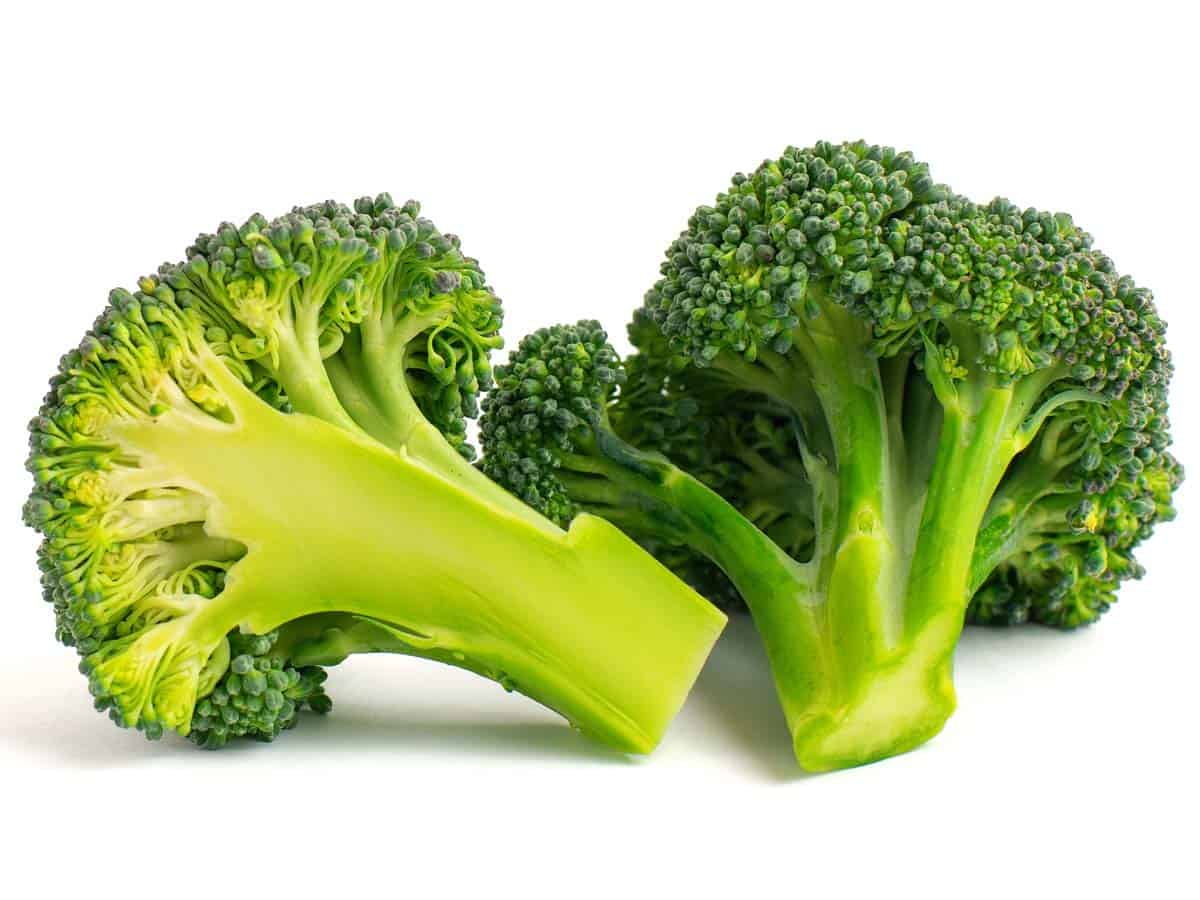
Broccoli
Broccoli is part of the cabbage family and is a good source of vitamin C and vitamin K.
Buying
Choose broccoli that has closed florets and deep green color. Avoid broccoli with yellowing or that is soft.
Storing
Refrigerated broccoli will keep for up to five days. Broccoli should be loosely wrapped in plastic or a dishtowel.
Preparing
Wash and then cut into appropriately sized pieces. All but the very end of the stock can be used.
Recipes
- Keto Sesame Chicken - How To Do Keto
- Sweet Soy Glazed Chicken & Broccoli - The Soccer Mom Blog
- Lemon Garlic Broccolini - Scrappy Geek
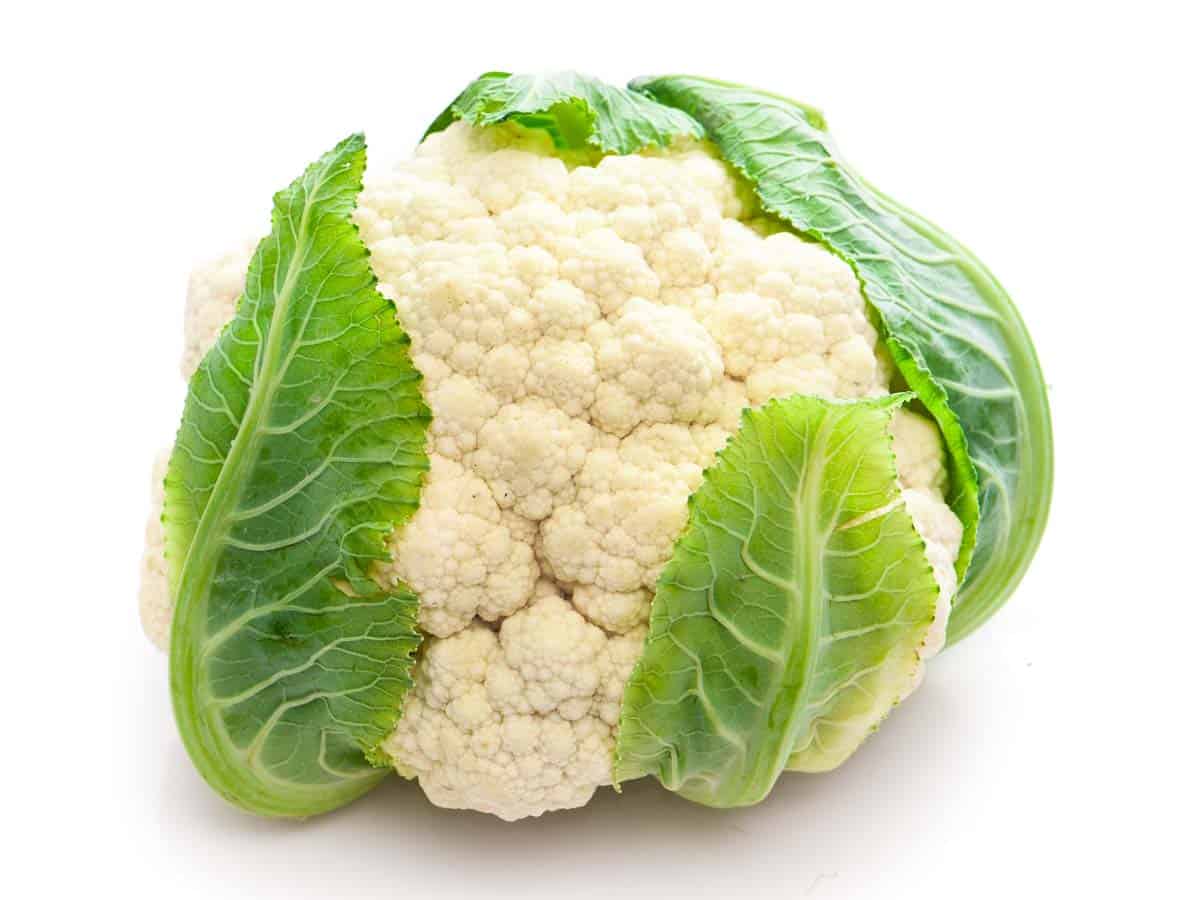
Cauliflower
Cauliflower is super popular right now. Masquerading as a pizza crust, mashed potatoes, and rice. Cauliflower comes in several varieties including white, orange, green, and purple. Cauliflower can be roasted, grilled, boiled, fried, steamed, pickled, or eaten raw. It is high in vitamin C and vitamin K.
Buying
Look for cauliflower that is compact with firmly attached bright green leaves. Avoid cauliflower with brown spots or spread-out sections.
Storing
Cauliflower can be refrigerated for up to five days.
Preparing
Wash cauliflower just before use. Remove the outer leaves, stem, and core. Then break or cut it into smaller pieces.
Recipes
- Honey Garlic Cauliflower - Flavours Treat
- Cauliflower Steak with Green Peppercorn Sauce - My Pure Plants
- Cauliflower Fried Rice Recipe - DIY Candy
- Roasted Cauliflower Leek Potato Soup
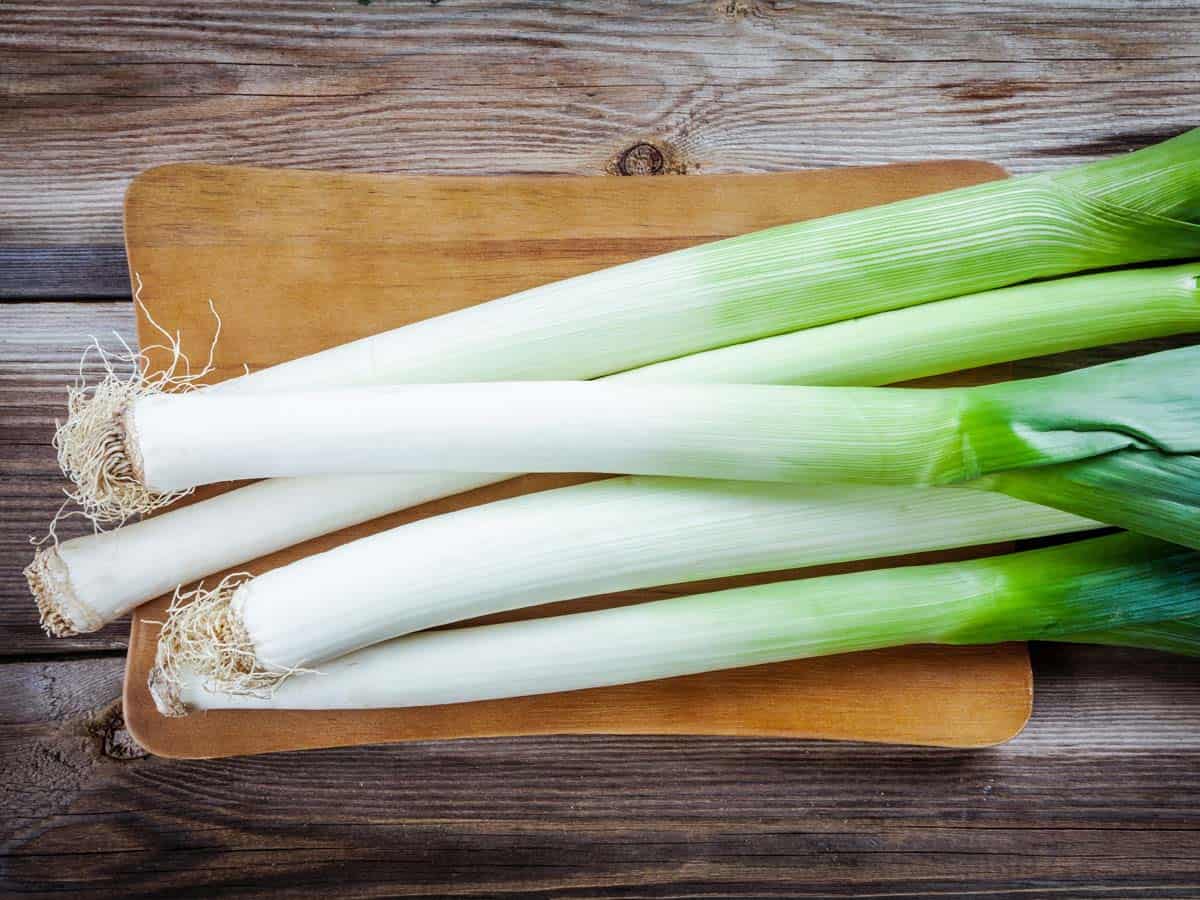
Leeks
Leeks have a mild onion-like flavor. Leeks are a good source of fiber, vitamin B6, iron, and magnesium. They are also a very good source of folate as well as vitamins A, C, and K.
Buying
Look for leeks that are firm and have as much white and light green parts as possible.
Storing
Leeks can be refrigerated for up to two weeks.
Preparing
The dark green leaves are usually tough. Most dishes use just the white and light green portions. Leeks grow in sandy soil and need to be washed thoroughly. Cut off the root and then slice the leek in half vertically. Chop and place in a bowl of cold water. Agitate the leeks well, then drain and use.
Recipes
- Chicken Leek and Mushroom Pie - Savory with Soul
- Leek and Potato Soup
- Ham and Leek Breakfast Cups
- Ham and Leek Pie
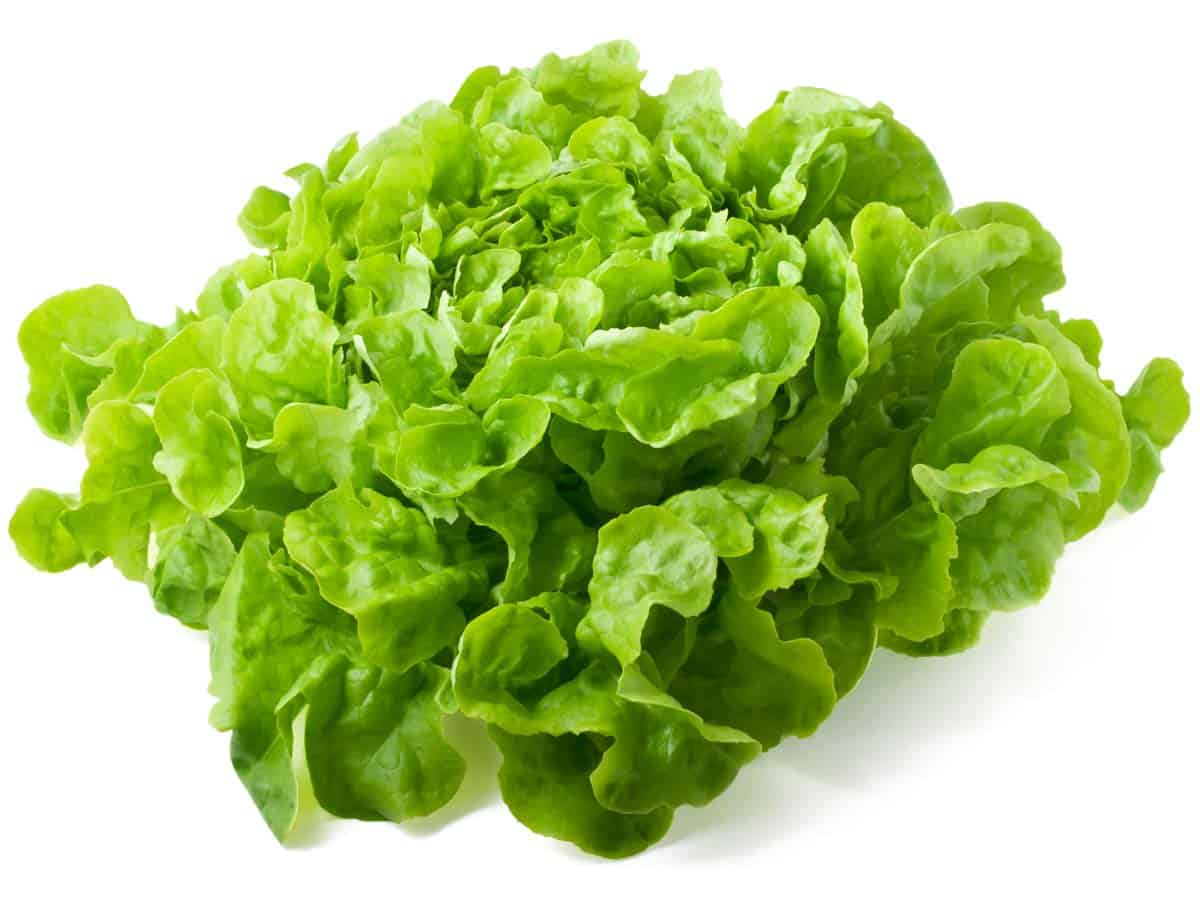
Lettuce
Lettuce is most often used raw in salads and sandwiches but it can also be grilled. Lettuce is an excellent source of vitamin K, vitamin A, folate, and iron. It has a high water content making it a great choice as temperatures continue to rise.
Buying
Look for fresh crisp leaves that are tightly bunched. Avoid lettuce with wilted or brown leaves.
Storing
Lettuce should be loosely covered and can be refrigerated for up to one week.
Preparing
Rinse lettuce under cold water. Use a salad spinner or pat the leaves dry to remove excess moisture. Slice, chop or tear as needed.
Recipes
- Instant Pot Chicken Lettuce Wraps - This Old Gal
- Vegan Santa Fe Salad - Yum Vegan Food
- Taco Salad with Fritos - Dancing Through the Rain

Mushrooms
Mushrooms are an excellent source of B vitamins, selenium, and copper.
Buying
Mushrooms should look fresh and smell good. Avoid mushrooms that smell of mildew or mold. Also avoid mushrooms that look shriveled, desiccated, darkened, wet, or moldy.
Storing
Mushrooms should be stored in a paper bag in the refrigerator or wrapped in paper towels and then loosely wrapped with plastic. Enclosing mushrooms in a plastic bag will cause them to sweat and spoil more quickly. Wild mushrooms will last for a few days stored this way; cultivated mushrooms will last up to a week or two.
Preparing
Mushrooms are like sponges and will soak up any liquid they get near. Relatively clean mushrooms can be brushed clean with a pastry brush or dry paper towel. For more cleaning power, use a damp paper towel.
Recipes
- Pizza Salad - Sizzling Eats
- Shiitake Mushroom Cauliflower Rice Risotto - Fearless Dining
- Chicken and Pancetta Penne for Two - Newlywed Survival
- Four Cheese Stuffed Shells with Mushrooms and Pesto
- Chunky Garden Vegetable Pasta Sauce
- Dutch Oven Beef Stew
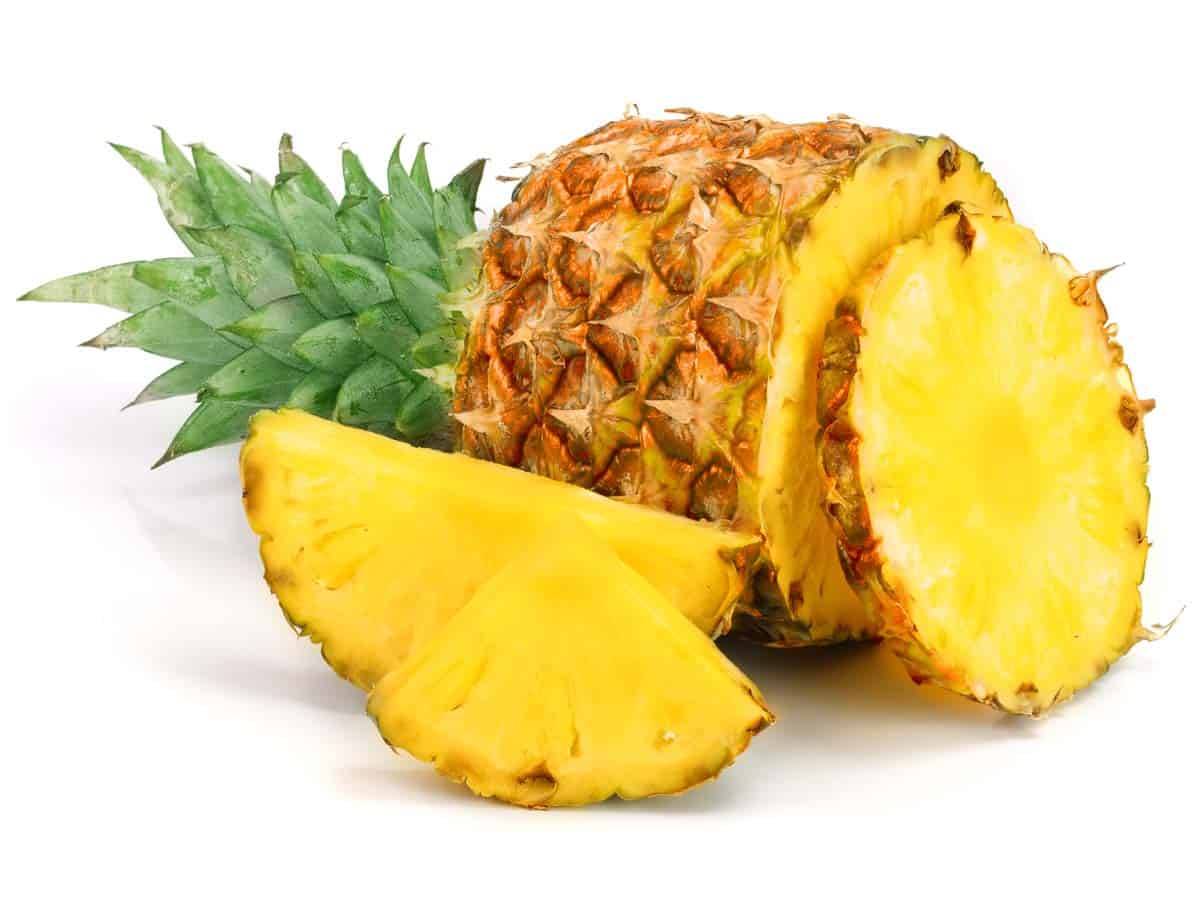
Pineapples
Pineapples grow as small shrubs. Pineapple is rich in manganese and vitamin C and is very sweet but low in calories.
Buying
Look for pineapples with dark green compact leaves that are heavy for their size. Pineapples are ripe once a majority of the base has turned yellow with very little green left. Avoid pineapples with soft or dark spots and dry yellow leaves.
Storing
Store pineapples at room temperature for up to 2 days or refrigerate for up to 5 days. Refrigerate cut pineapple in an airtight container for up to 1 week.
Preparing
Use a sharp knife to remove the rind and leaves, then cut as desired, removing the core as needed.
Recipes
- No-Bake Pina Colada Pie
- Pineapple Upside-Down Cake - Tempting Recipes
- 3 Ingredient Healthy Pineapple Banana Smoothie - In the Kids Kitchen
- Fresh Grilled Pineapple - Rachel's Crafted Life
- Baked Chicken Teriyaki Meatballs
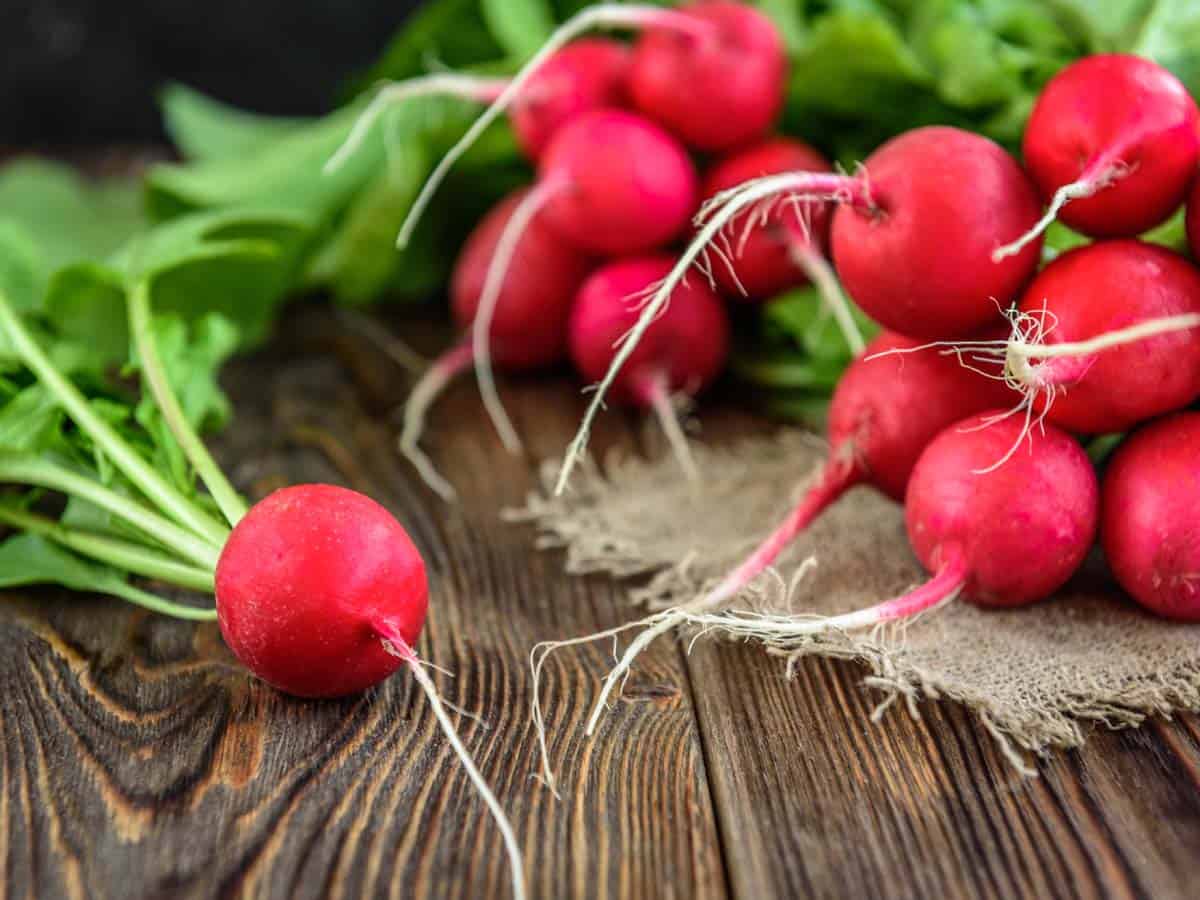
Radishes
Radishes are root vegetables and are often eaten raw on salads. Radishes have a sharp spicy flavor.
Buying
Look for radishes that are smooth and brightly colored. The leaves should be green and fresh-looking. Avoid radishes that are soft or dull-looking.
Storing
Remove the radish greens, which are edible, before storing them in a plastic bag. Refrigerate for up to one week.
Preparing
Slice off the roots and leaves, wash and pat dry. Radishes can be served whole, sliced, diced, minced, and/or grated, depending on the recipe. Cook radishes to temper their bitter flavor.
Recipes
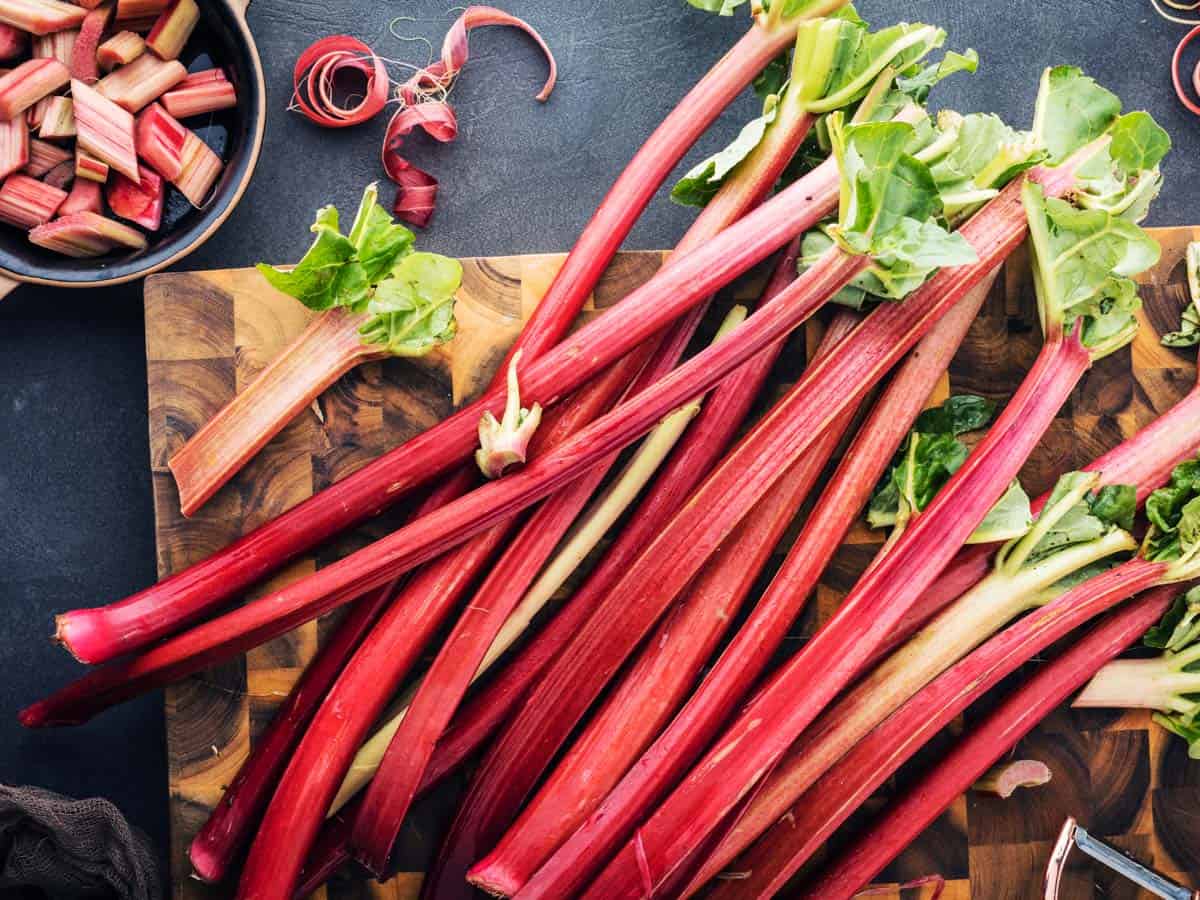
Rhubarb
Rhubarb is classified as a vegetable, but it is often used as a fruit. The leaf stalks can be eaten raw, they have a crisp texture similar to celery. Rhubarb is commonly cooked with sugar and used in pies, crumbles, and other desserts. Rhubarb has a strong, tart taste.
Buying
Look for rhubarb stalks that are flat and firm. Avoid rhubarb stalks that are limp and curled.
Storing
Refrigerate unwashed rhubarb stalks in a plastic bag for up to 3 days.
Preparing
There is no need to peel the stalks just pull off any obvious strings. Trim off any rough areas. Next, cut the stalks into ½ to 1-inch pieces against the grain of the stalk to help break up stringiness. Rhubarb has a high amount of acid and it is best to cook rhubarb in non-reactive cookware.
Recipes
- Gluten-Free Strawberry Rhubarb Crisp - Faithfully Gluten Free
- Rhubarb Streusel Coffee Cake - The Creative Bite
- Maple Rhubarb Jam With Cardamom - Kelly Neil
- Rhubarb Creme Brulee
- Rhubarb Chocolate Cake
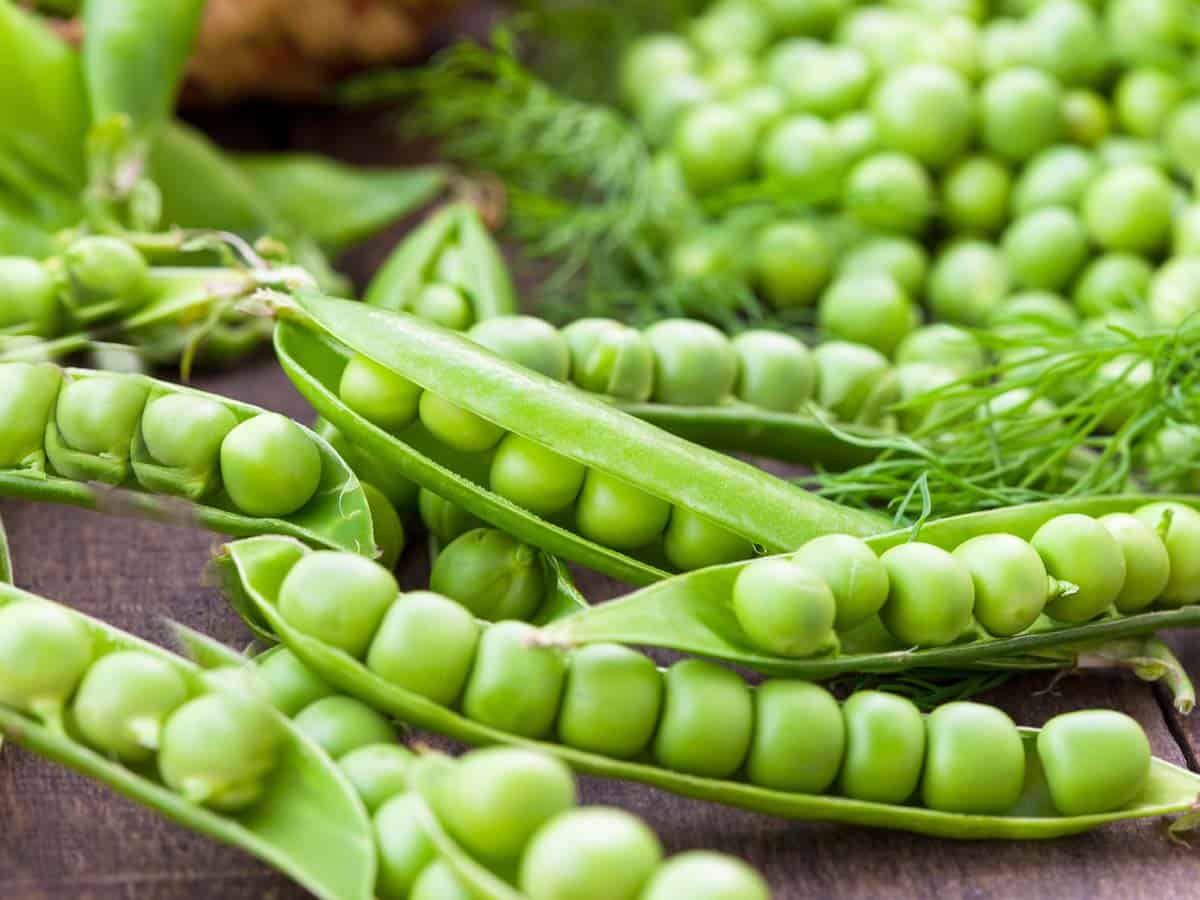
Spring Peas
There are several varieties of peas. English peas or garden peas are larger and must be shelled before eating. Sugar snap peas or snow peas are most often eaten with the whole pod. The peas inside are small, and the pods are crisp, sweet, and delicious.
Buying
Peas should be bright green and feel crisp and fresh. Peapods should snap. Avoid cracked or limp pea pods.
Storing
Store peas in a plastic bag in the refrigerator for up to 4 days.
Preparing
Wash peas before shelling and cooking. To shell peas, pinch off the ends, pull down the string on the inside, and pop out the peas. Snow peas do not need to be shelled, just wash and trim them before cooking or eating raw. Sugar snap peas need the string removed from both sides before cooking or eating raw.
Recipes
- Simple Sauteed Pea Shoots - Natural Deets
- Peas On Toast With Sesame And Pistachio - Recipes from a Pantry
- Spring Peas with Pancetta and Shallots - Culinary Ginger


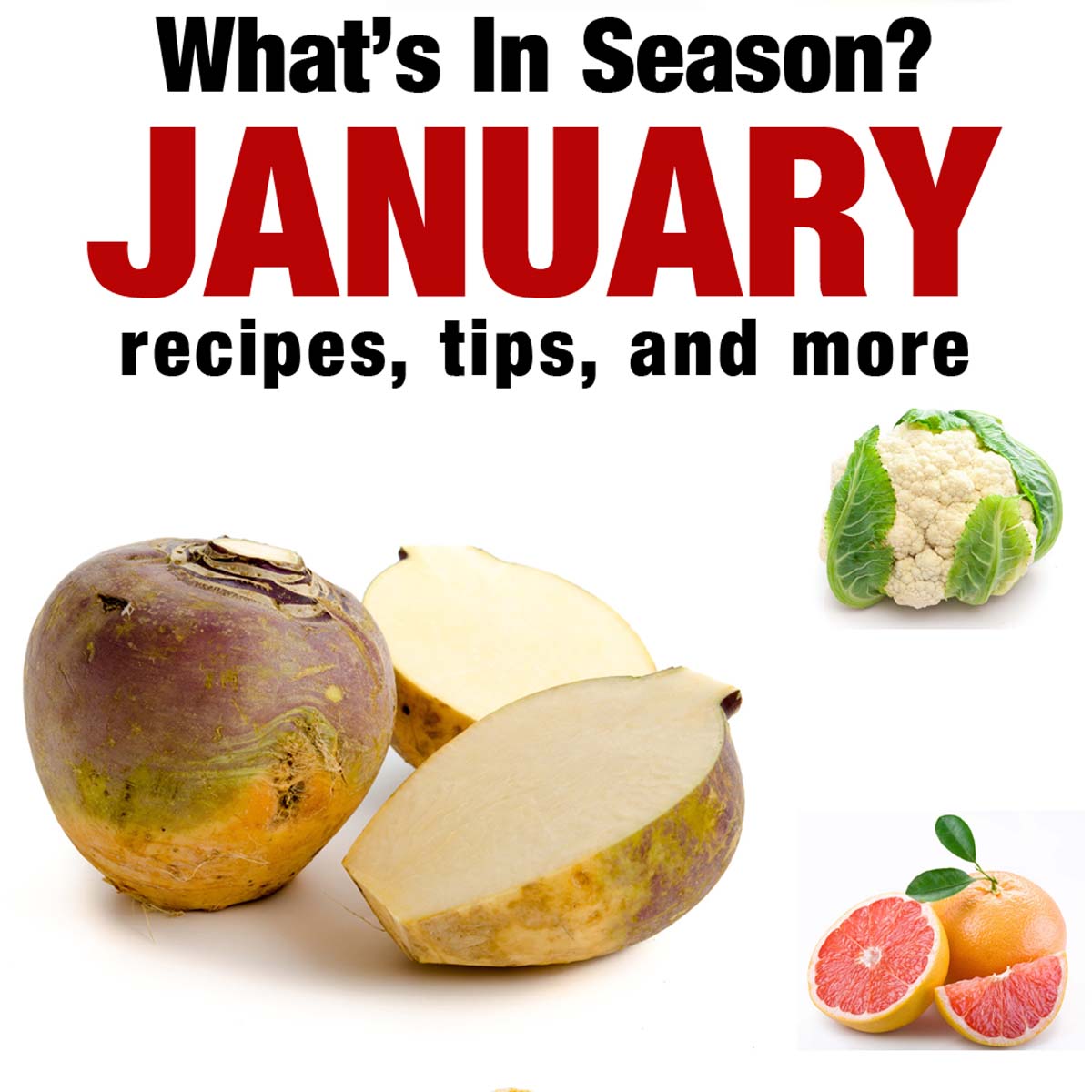
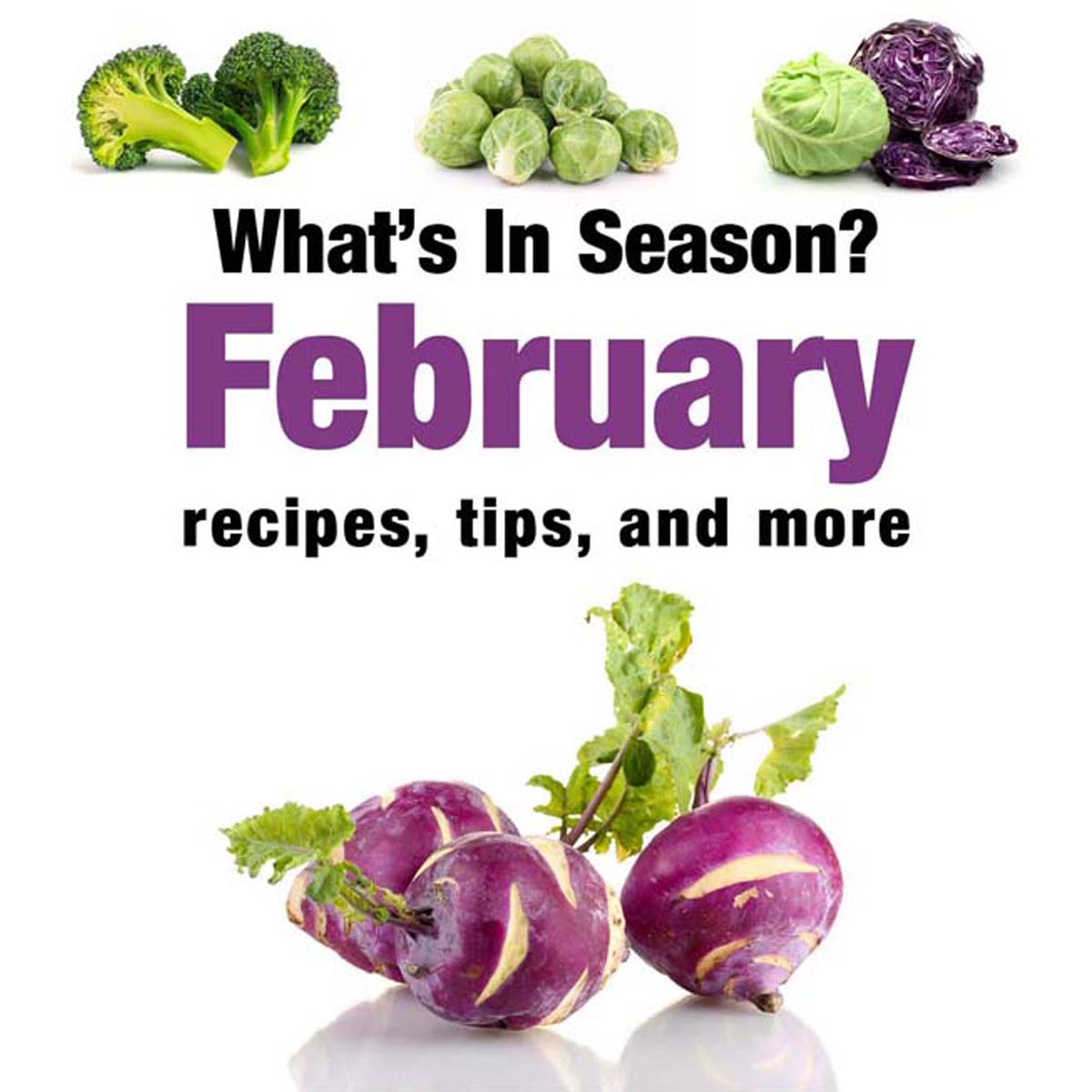
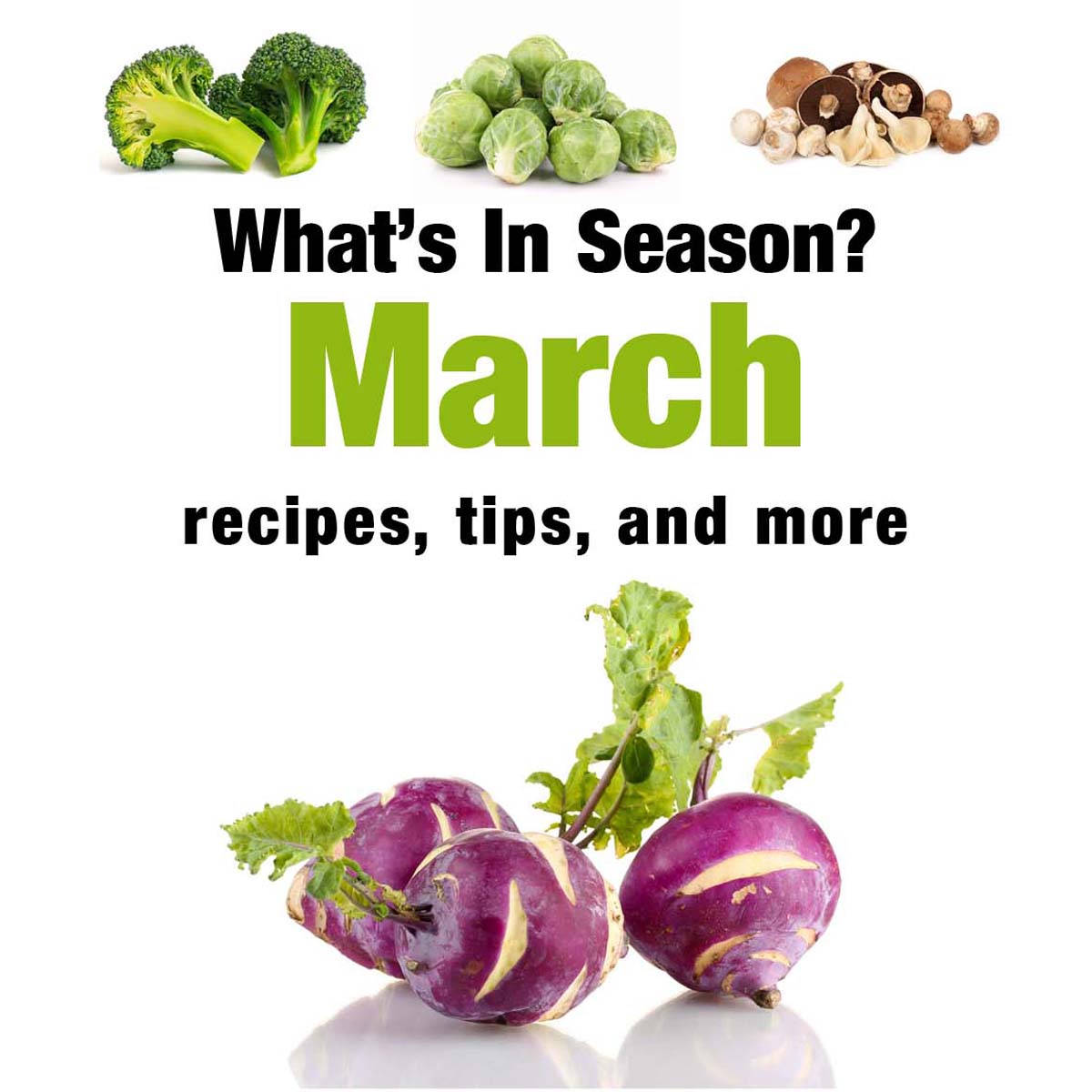
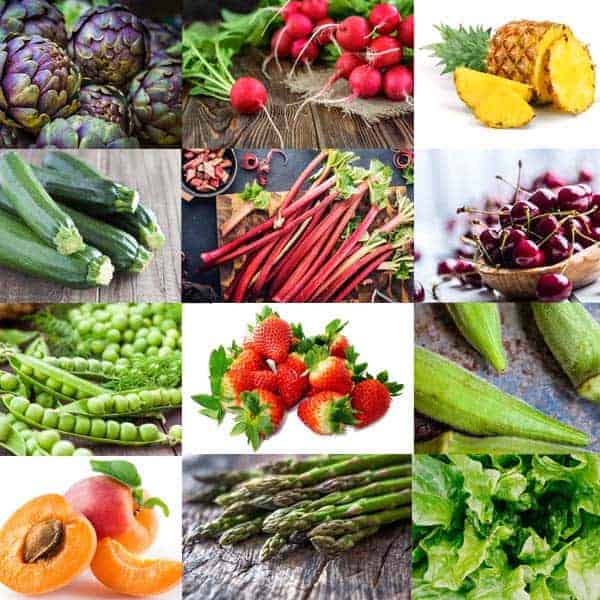
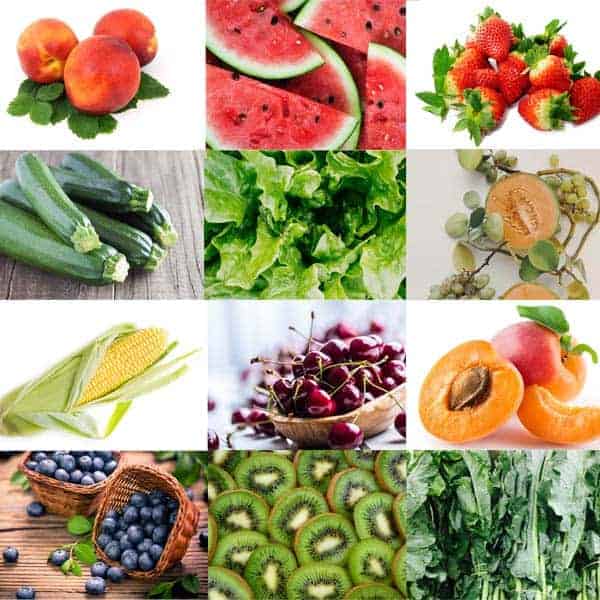
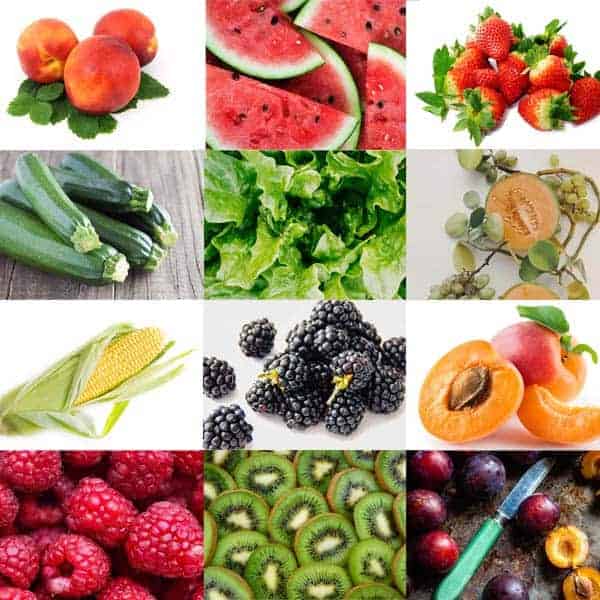
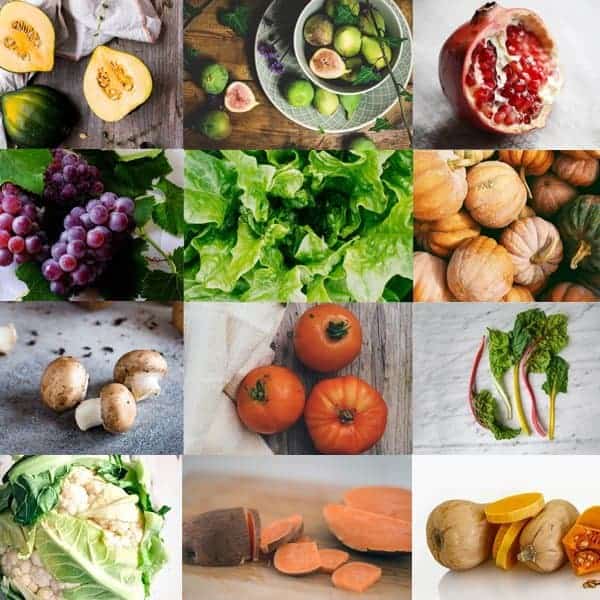
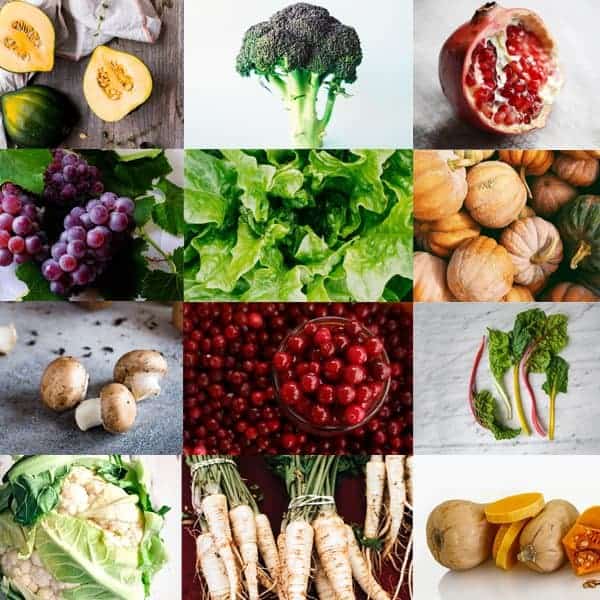
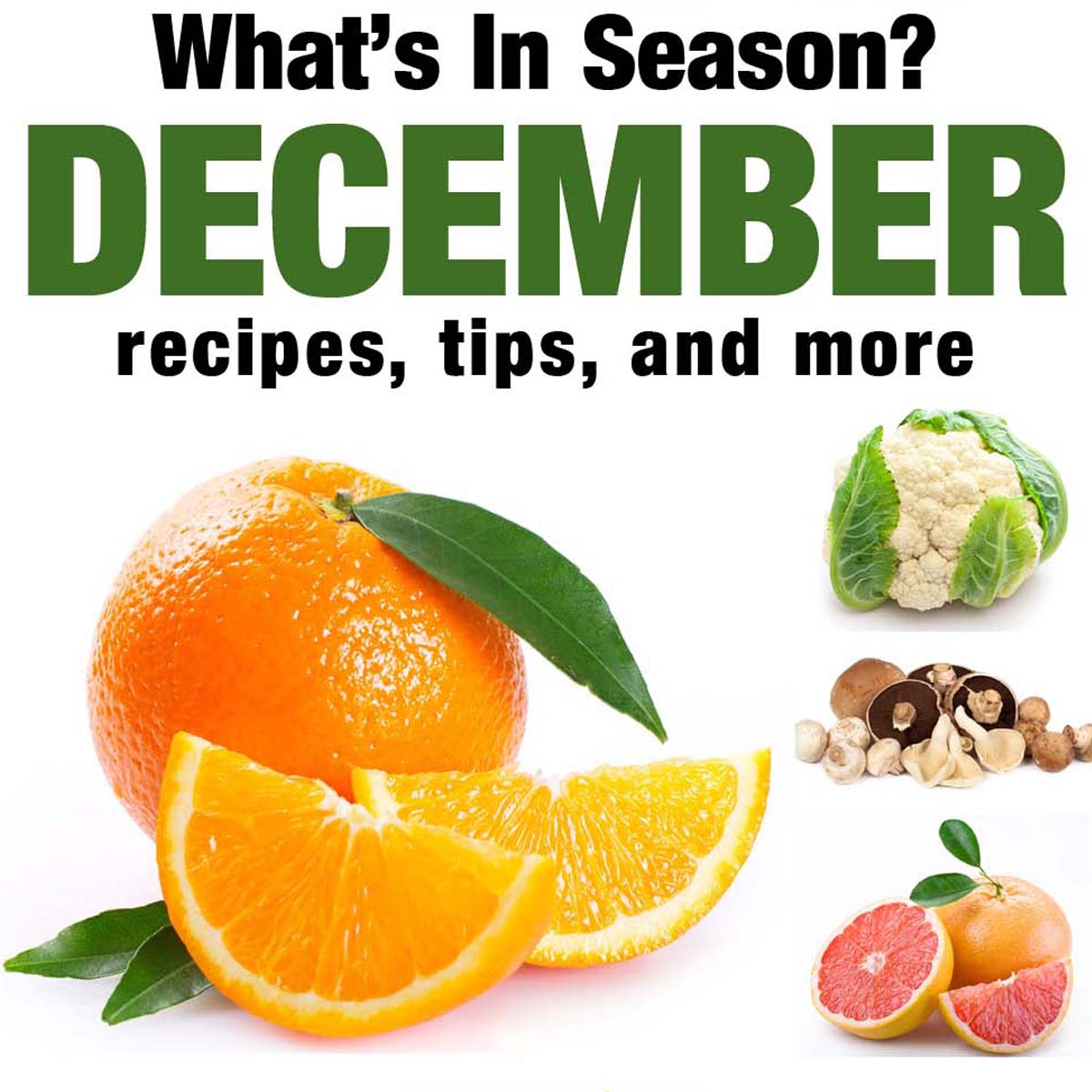
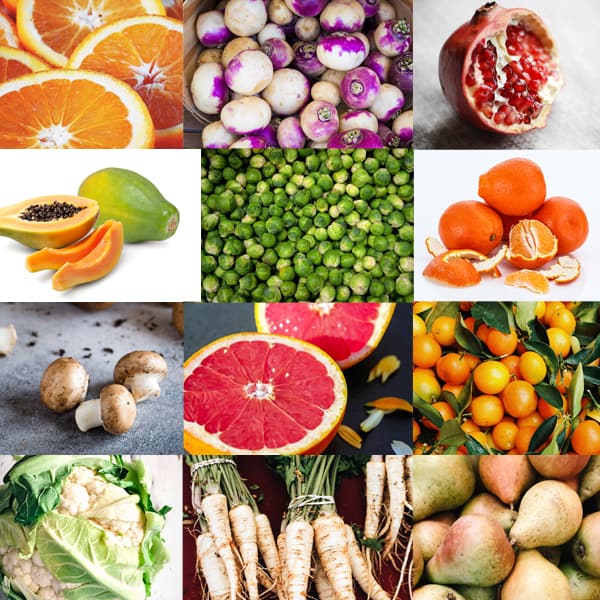
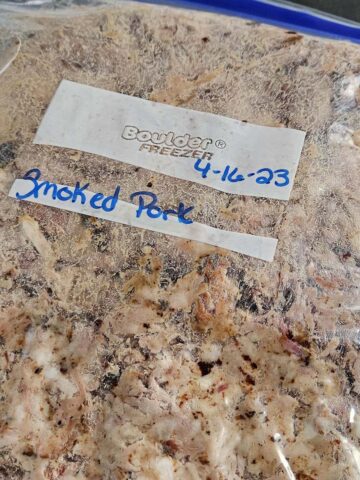
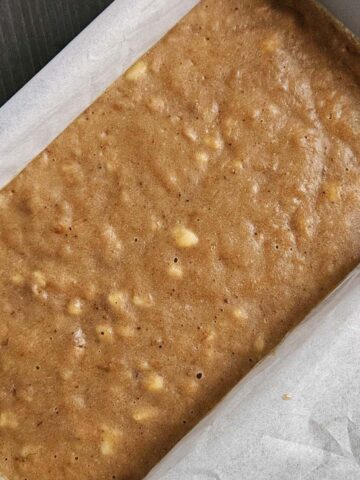
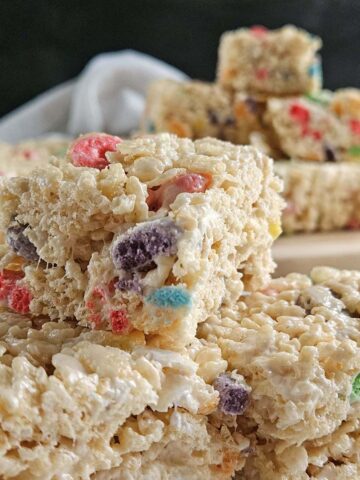
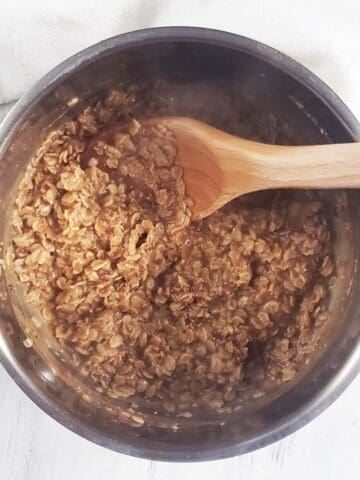
Comments
No Comments